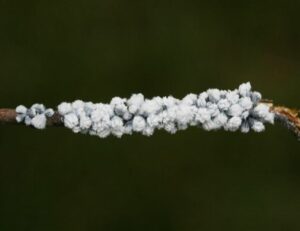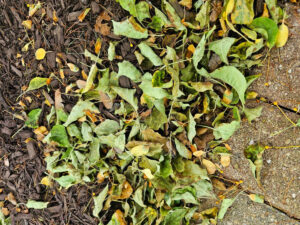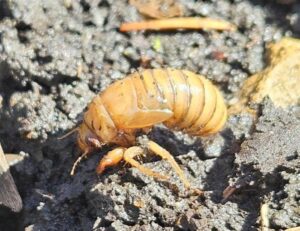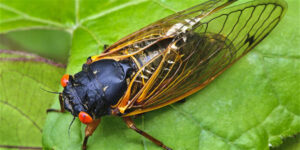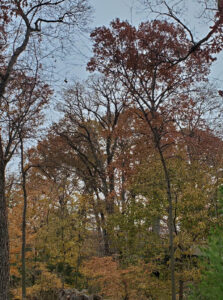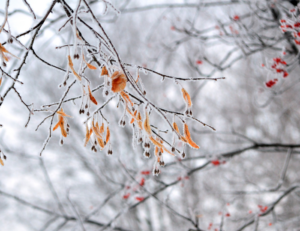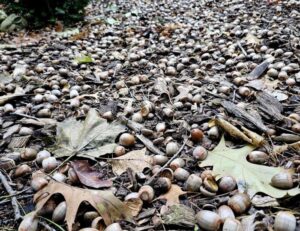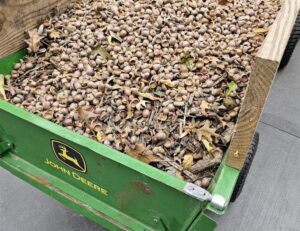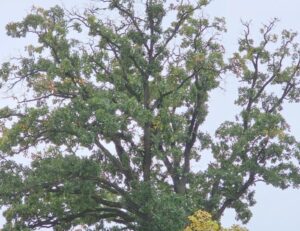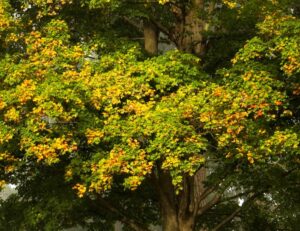As the beauty of spring unfolds in Northern Illinois, many of us delight in the blossoming of our flowering trees. However, recent plunges into chilly overnight temperatures, dipping into the 20s, raise concerns about frost’s impact on these springtime marvels. If you’ve noticed your Crabapple, Serviceberry, Magnolia, Redbud, or certain Pear varieties beginning to flower, you might be wondering how the recent frosts could affect them. Let’s dive into the intricacies of frost damage and what it means for your flowering trees.
The Frost Effect on Blooms
The sudden drop in temperature can be harsh on trees that are beginning to flower or are in full bloom. While initially, the flowers might look unaffected, they can soon display signs of damage, turning brown and shriveling up. This phenomenon can be disheartening, especially when you’ve been eagerly awaiting the spring display. This is very evident on magnolia trees as we speak.
Addressing Common Concerns
Some of you might wonder whether spray applications, particularly fungicides, could be behind the floral damage. It’s crucial to understand that these products are designed to protect plants from fungal infections and are not herbicides. The damage you’re witnessing is a direct result of the cold and not the treatments aimed at keeping your trees healthy.
Variety and Vulnerability
It’s worth noting that not all flowering trees are affected equally. In Northern Illinois, we have over 110 different varieties of Crab Apple trees alone, each with its unique resilience to cold weather. These varieties, distinguished by white, red, pink, or purple flowers, may react differently to frost.
The susceptibility of your tree’s flowers to frost damage often boils down to the specific variety or cultivar and how well it’s suited to our Zone 5 climate. Over the years, many trees rated for the warmer Zone 6 have been introduced to our area and may not withstand the cold as well. This is why you might notice your treated tree showing signs of frost damage while a neighboring, untreated Crab Apple does not.
Looking Ahead
While we navigate the unpredictability of spring temperatures, there’s hope that we may remain just warm enough to prevent extensive damage. However, understanding the limitations and strengths of your specific tree varieties can help manage expectations and lead to better care decisions in future seasons.
The beauty of flowering trees in spring is one of nature’s most splendid displays, yet it comes with the vulnerability to Illinois’s unpredictable cold snaps. By recognizing the signs of frost damage and understanding the reasons behind them, you can better navigate the challenges of early spring cold spells. As always, if you have concerns or questions about your trees, especially regarding frost damage or care, feel free to reach out to us at Tree Green. Our expertise is always at your service to ensure the health and beauty of your landscape.



